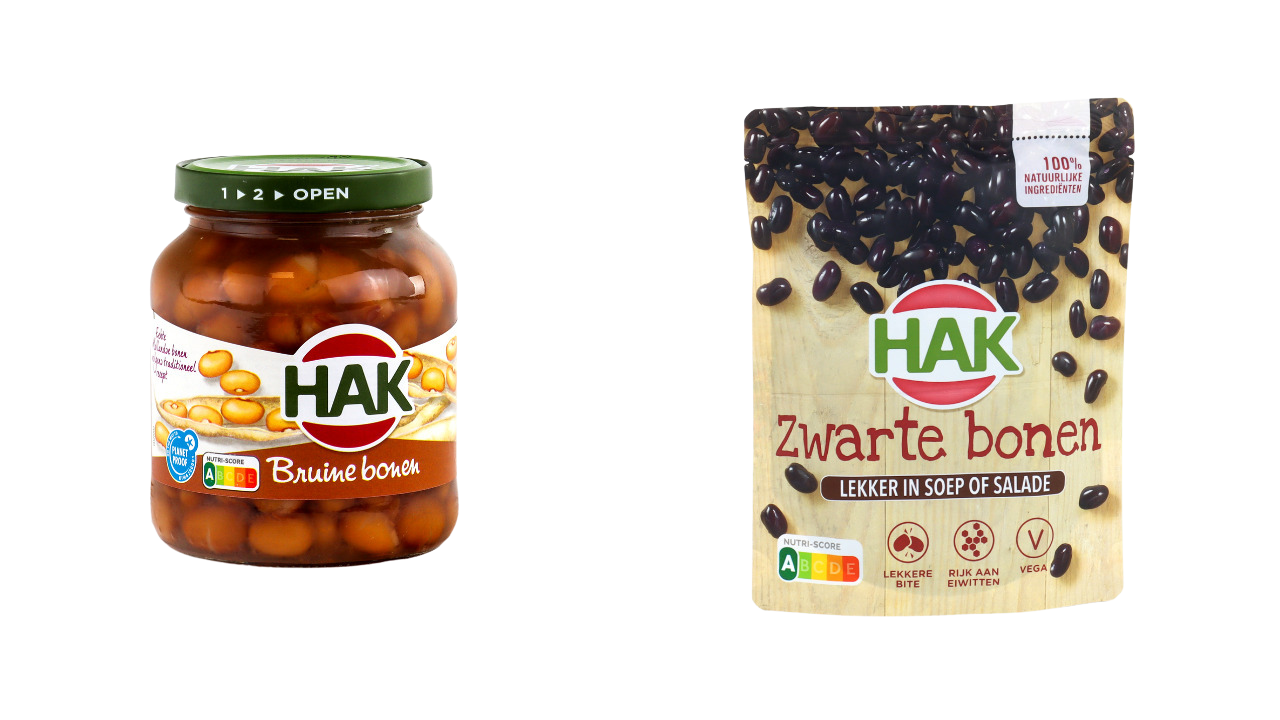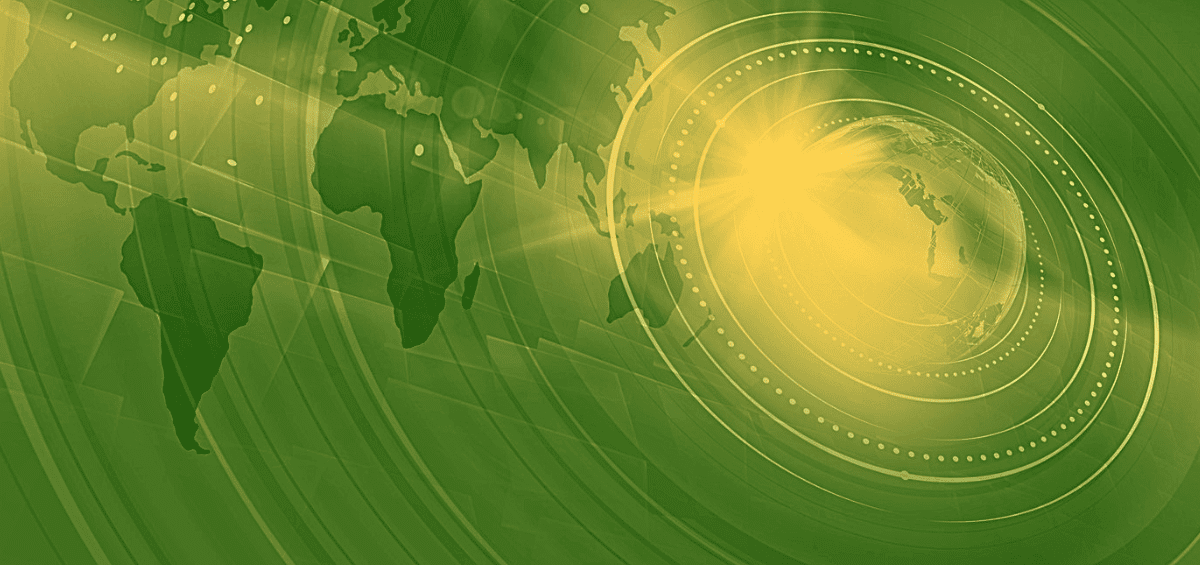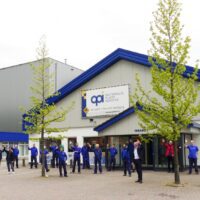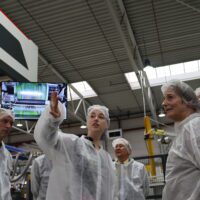
Crisis comes from the ancient Greek language and literally means ‘a decisive period of repentance’. A crisis in ancient times was necessary to get out of a fixed pattern and start doing things differently from new insights. Whether it was waging war, doing politics or making money. Anno 2022 we have crises aplenty: a geopolitical crisis, a nitrogen crisis, a climate crisis, a migration crisis, a housing crisis, a corona crisis, a cultural crisis and last but not least an energy crisis.
In the pre-crisis years, we could have seen these crises coming from afar. In 2014, aggressor Russia invaded Ukraine’s Crimea. In 2015, a major climate agreement was reached in Paris with an alarming message. Yet we continued to buy cheap gas from the Russian bear and the sustainable agenda was mostly home to NGOs. Why? Because we felt no pain. Now that a many-headed monster rules the headlines, there is pain. A lot of pain. And pain brings everything we had put in a drawer in terms of good intentions to the surface.
On the packaging front, these crises are becoming a boon to the transition to a circular economy. Think of replacing composite non-recyclable packaging with recyclable mono packaging. Or replacing thicker packaging with a flexible thinner version. All existing innovations, but waiting in the drawer because single-use packaging was too “cheap. Now there is the pain of rising energy prices and a declining supply of raw materials. Cosmetic outer packaging is disappearing. Excessively thick packaging can be replaced by a thinner material with newer raw materials.
Dutch Food group HAK, for example, is fully engaged in this transition. In 2015, it introduced vegetables and legumes in stand-up pouches; healthy convenience solutions that appeal to a new consumer. A major advantage is that less energy is used in the production of the stand-up pouch, which also reduces CO2 emissions. This packaging reduces transportation costs due to its lower weight and gives more efficient use of space in all phases of the LCA. The stand-up pouch was introduced in aluminum, then the footprint was further reduced by switching to plastic and reducing the weight of the packaging. The development is not yet finished, the next step should be to make this packaging more recyclable as well by only producing it from 1 type of plastic without shortening shelf life (because food waste would actually hinder sustainability).
Reuse is being rediscovered. Until now, finite resources determine much of sustainability and certainly in this day and age, much of the cost. A crisis, however, causes enough pain to really change. Think of the glass jars, which after being emptied can be used again as drinking glasses. Think of the new raw materials that can be replaced with ease by a material that has been given a second or third life. It is the new economic sustainability, achieving the same functionality with fewer finite resources.
This view of packaging must also be actively communicated to the user; the consumer. See the change also as an opportunity to include this consumer in his or her choice. In this way, energy conservation becomes a marketing tool that will take its shape together with the packaging expert. It is a positive story, where the whole chain is going to contribute towards an economy, which uses less energy and less raw material. The time of crisis thus offers unprecedented opportunities!
Association of Dutch Packaging Experts (VNV)
Jan Wessemius





